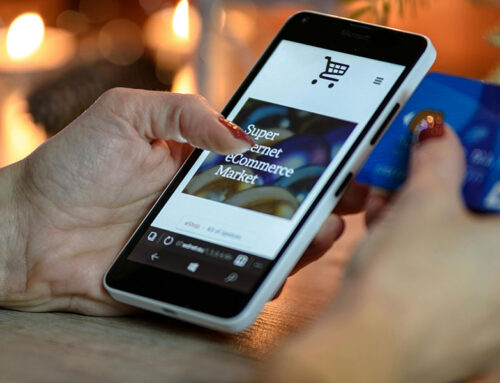Blogs Have Become Surprisingly Popular on Social Media
While blogs started off as personal musings, they have become surprisingly popular on social media. Marketing professionals soon realised blogging could be a valuable tool for businesses to maintain and grow their customer base faster than traditional strategies.
They were right. Consumers like reading and sharing blogs and statistics show that B2B companies that blog twice a month generate 70% more leads than those who don’t. New leads are essential to your business growth and blogging has become an invaluable tool in finding those leads.
Whatever type of product or service your business offers, there are likely to be many competitors in your field. A blog can help win over customers by explaining the differences between your product and what unique and valuable experience you and your business have that set you apart from others.
Show Expertise
You’re the expert on the products or services that your business offers, and your blog is the ideal platform to provide the information that potential clients are looking for. Your audience is more likely to trust the information you provide than that of a paid advert, and they have the freedom to interact directly with you by commenting and asking questions. It can be a great start to potentially loyal customer relationships.
Communicate With Clients
Nurture new customer relationships by responding to comments and questions. The comment section provides a wealth of information on what your audience thinks about your product or service or the topic you wrote about. This valuable information can be useful for product improvements and new product development, marketing strategies, and provide you with content ideas for your blogs. Frequently asked questions, for example, could form a great basis for a regular blog to address the questions or concerns in more detail.
Get Love From Google
By consistently providing new and unique content related to your field, customers will see your site as a trusted source of information by your audience and search engines. This can result in increased traffic and leads at a fraction of the cost compared to other methods. Each new blog you post provides the opportunity for more reads and shares on social media, and each new page added to your website also improves your rank in search results. The more you write about your unique topics, the easier it becomes for search engines to find you and for your website and blog to rise higher in the search results.
You can further improve your rankings and visibility with inbound and internal linking with your blog. Inbound linking depends on other sites linking to your blog as a source, which makes it even more important to keep your blogs relevant and of high quality. Internal links you do yourself by using your blog to link internally to your website pages featuring relevant products, services, or other relevant blogs. Both inbound and outbound links contribute to your site’s SEO ranking and ultimate visibility on search engines.
Pro Tip: To further increase the efficiency of your blog posts, make them longer rather than shorter. Blogs of 1,000 words or more will impress Googlebot enough for a reward of better traffic and more leads. The optimal size for a post is 1,500 words: around a 6 to 7 minute read. More than that might lose you some audience members.
Build Your List
Regular Blogs that offer valuable information provide a natural platform for generating quality leads, making it easier to encourage sign-ups for regular newsletters. Your email list will contain leads already interested in your products or services and welcome your newsletters and special offers or updates.
Stay Social
An obvious final tip (that should still be pointed out) is to share your blog on all social media channels. If you don’t already have these, now’s the time to open a Facebook, Twitter, and Instagram account. You already have the original content so repurpose and share with your followers and generate traffic to your website. Any business with a presence on social media should have a blog and vice versa.






Leave A Comment